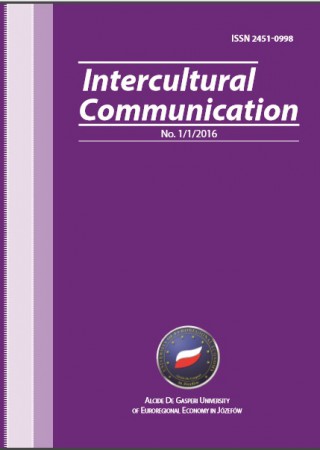Дотримання принципів інтерсуб’єктності у навчанні як запорука розвитку критичного мислення школярів
Compliance with the principles of intersubjectivity in education as key to the development of critical thinking of schoolchildren
Author(s): Violetta UlishchenkoSubject(s): Social Sciences, Education, School education, Educational Psychology, Sociology of Education
Published by: Wydawnictwo Akademii Nauk Stosowanych WSGE im. A. De Gasperi w Józefowie
Keywords: intersubjectivity; intersubektivny; interactive; emotionally-valuable dialogue; kinds of dialogue; world of artwork; methods of teaching literature
Summary/Abstract: Purpose. Toshow intersubjectivity importance of cooperation in the educational process and to illustrate, how a systematic use of specific methods, techniques and forms of interaction in the classroom literature helps realize the emotional and evaluative dialogue with the artistic phenomenon. Methods: theoretical and empirical (pedagogical experiment). Results. Intersubjectivity manifested in the ability to listen to others, perceiving it as a unique individual with his outlook, needs and problems; analyze their thoughts and doubts; reasonably carry out the existential expression. Compliance intersubjectivity vector ineducationis in the selection of content, methods, working methods, forms of interaction, systemic application of which sends the student-reader on a spiritual communion with a work of art. In an effort to be heard and understood in dialogue with others, focusing on the so-called "model" reader (the term of Umberto Eco), the artist delivers an artistic material in such a way that the content and form of the product fully reflect his unique personal experience. The point of intersection of two worlds − the world of the reader and the world of the writer − becomes a literary text. From this perspective, the emotional and evaluative dialogue with the artistic phenomenon is built in accordance with the functions of the artwork.
Journal: Intercultural Communication
- Issue Year: 1/2016
- Issue No: 1
- Page Range: 37-49
- Page Count: 13
- Language: Ukrainian

